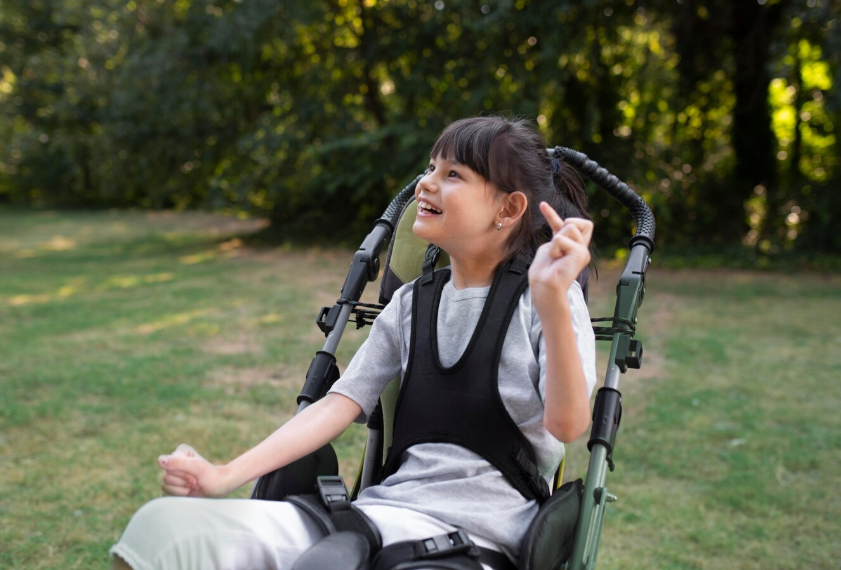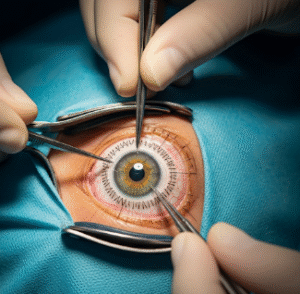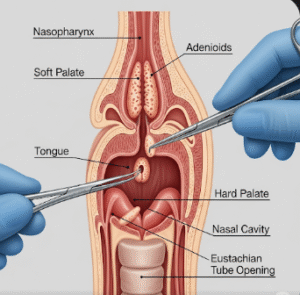Overview
Cerebral palsy (CP) is a group of neurological disorders that affect movement, muscle tone, and posture. It is caused by abnormal brain development or damage to the developing brain, usually before birth or during early childhood. In Korea, treatment for cerebral palsy focuses on improving quality of life through rehabilitation, therapy, and advanced medical interventions.
What is Cerebral Palsy?
Cerebral palsy is a non-progressive neurological condition, meaning the brain injury does not worsen over time, but the symptoms can change as a child grows. It primarily affects motor skills, coordination, and muscle control. The severity can range from mild to severe, impacting mobility, speech, and daily functioning.
Symptoms
- Delays in reaching developmental milestones (sitting, crawling, walking)
- Abnormal muscle tone (too stiff or too floppy)
- Involuntary movements or tremors
- Poor coordination and balance
- Difficulty with speech and swallowing
- Seizures (in some cases)
- Learning difficulties (depending on severity)
Causes
- Brain injury during pregnancy, childbirth, or early childhood
- Lack of oxygen supply to the brain during delivery (birth asphyxia)
- Premature birth or low birth weight
- Brain infections (meningitis, encephalitis) in infancy
- Traumatic head injury in early childhood
- Genetic or developmental abnormalities
Risk Factors
- Premature birth (before 37 weeks)
- Low birth weight (under 2.5 kg)
- Multiple pregnancies (twins, triplets)
- Complicated or difficult labor and delivery
- Maternal infections during pregnancy
- Exposure to toxins during pregnancy
- Family history of neurological conditions
Complications
- Contractures (shortening of muscles and joints)
- Joint deformities and scoliosis
- Difficulty with feeding and nutrition
- Seizures and epilepsy
- Speech and communication problems
- Emotional and behavioral challenges
- Reduced independence in daily life
Prevention
- Proper prenatal care and regular checkups during pregnancy
- Preventing premature births where possible
- Vaccinations to prevent maternal and infant infections
- Avoiding alcohol, smoking, and drugs during pregnancy
- Immediate treatment of newborn jaundice and infections
- Safety measures to prevent head injuries in young children
Treatment Options in Korea
In Korea, cerebral palsy treatment involves a multidisciplinary approach with specialists in neurology, rehabilitation, orthopedics, and speech therapy.
Medical Treatments
- Medications to reduce muscle stiffness (baclofen, diazepam, botulinum toxin injections)
- Anti-seizure drugs for patients with epilepsy
Therapies
- Physical therapy (PT) – to improve movement, strength, and balance
- Occupational therapy (OT) – to enhance daily living skills and independence
- Speech therapy – to improve communication and swallowing abilities
- Neurodevelopmental therapy (NDT) widely available in Korean rehabilitation centers
Surgical Options
- Orthopedic surgeries (to correct bone/joint deformities)
- Selective dorsal rhizotomy (SDR) for reducing spasticity in certain patients
Advanced Care in Korea
- Robotics-assisted rehabilitation (Lokomat, gait training machines)
- Stem cell research and regenerative medicine (experimental in select Korean hospitals)
- Comprehensive rehabilitation centers for long-term care













